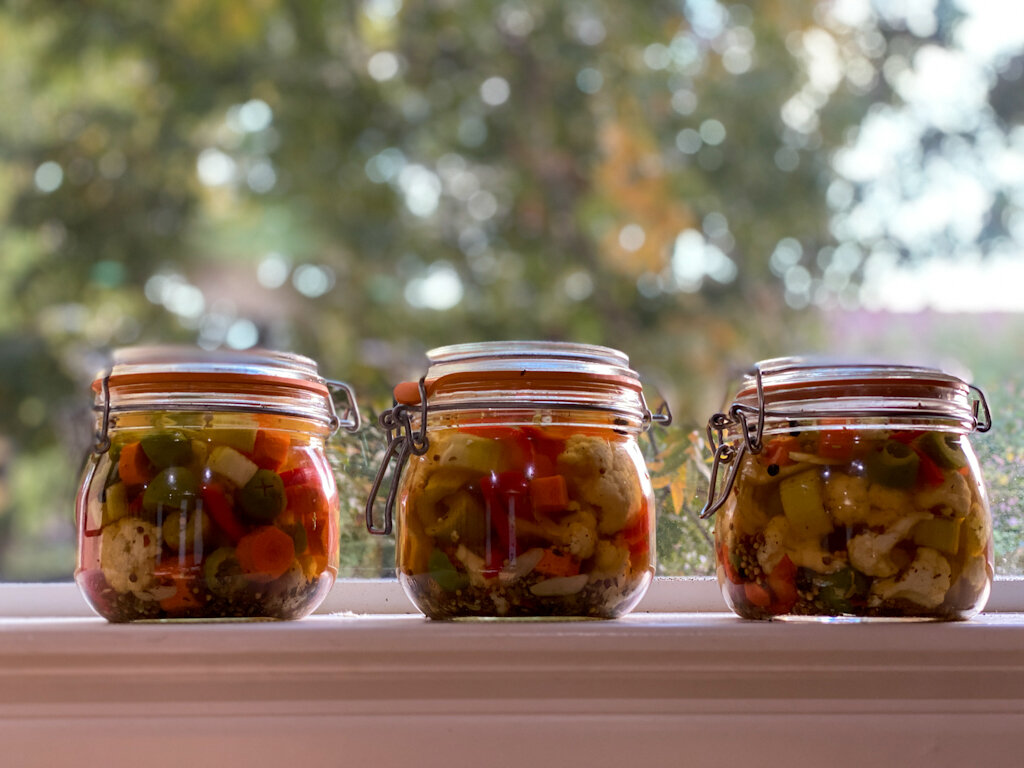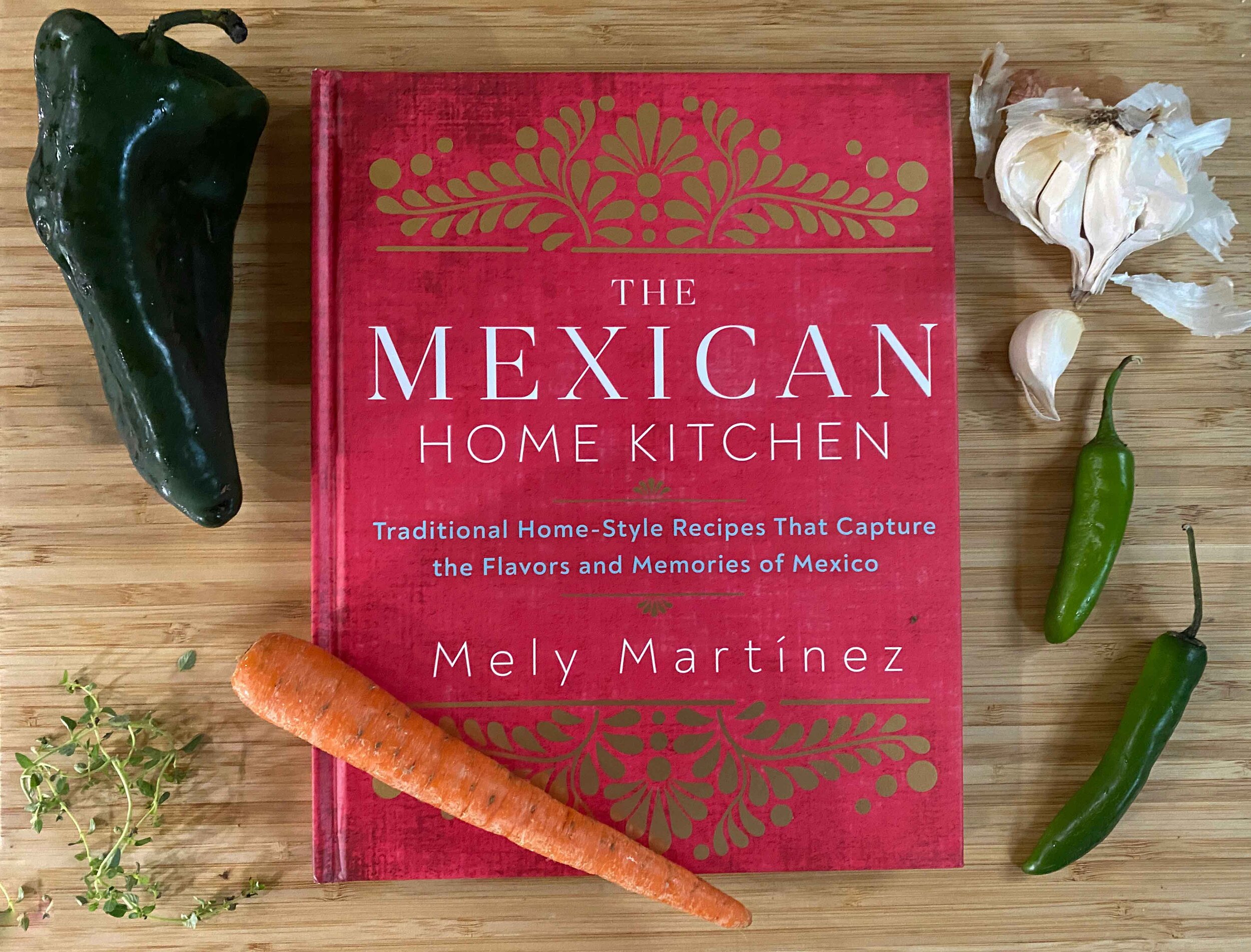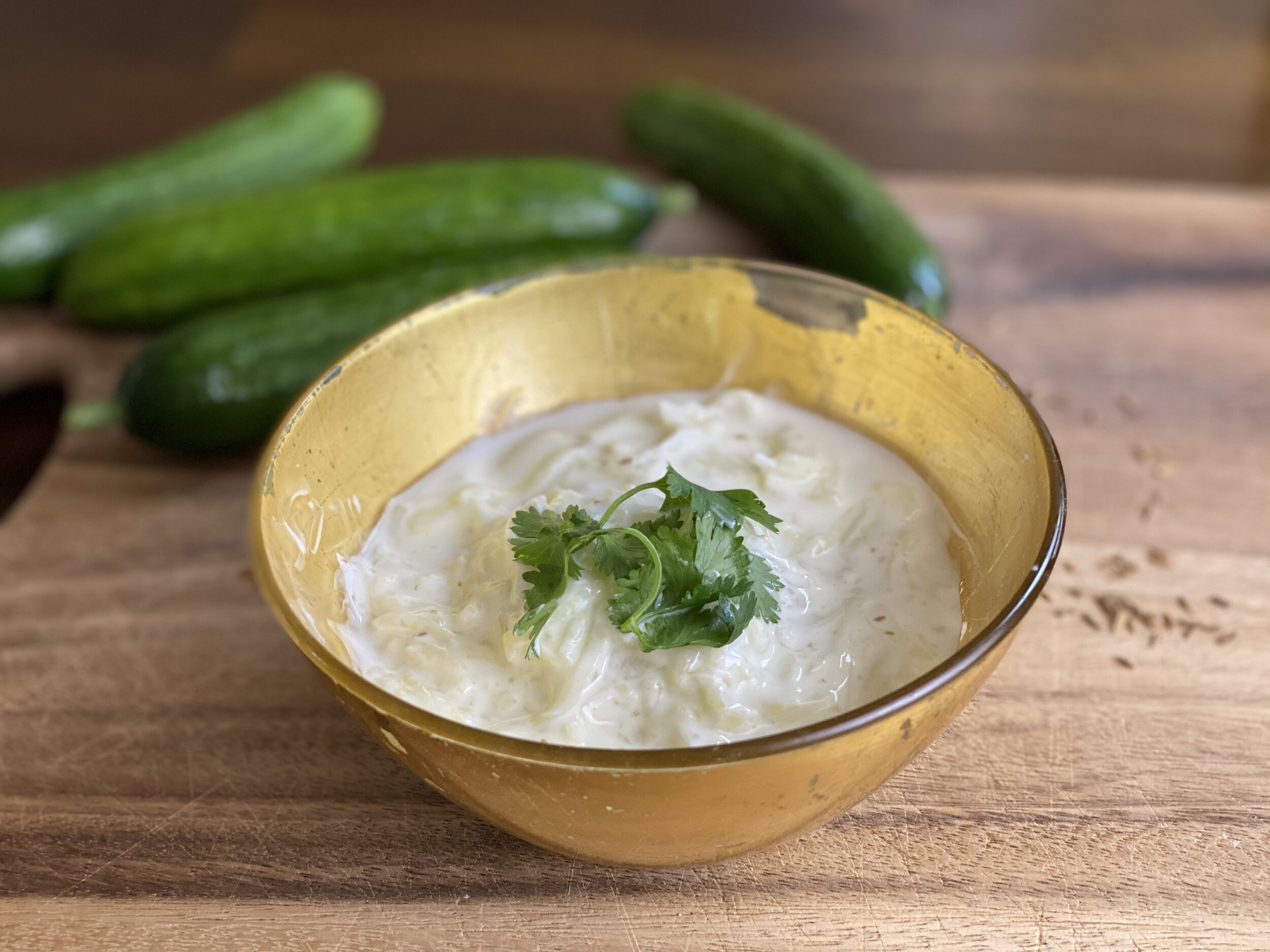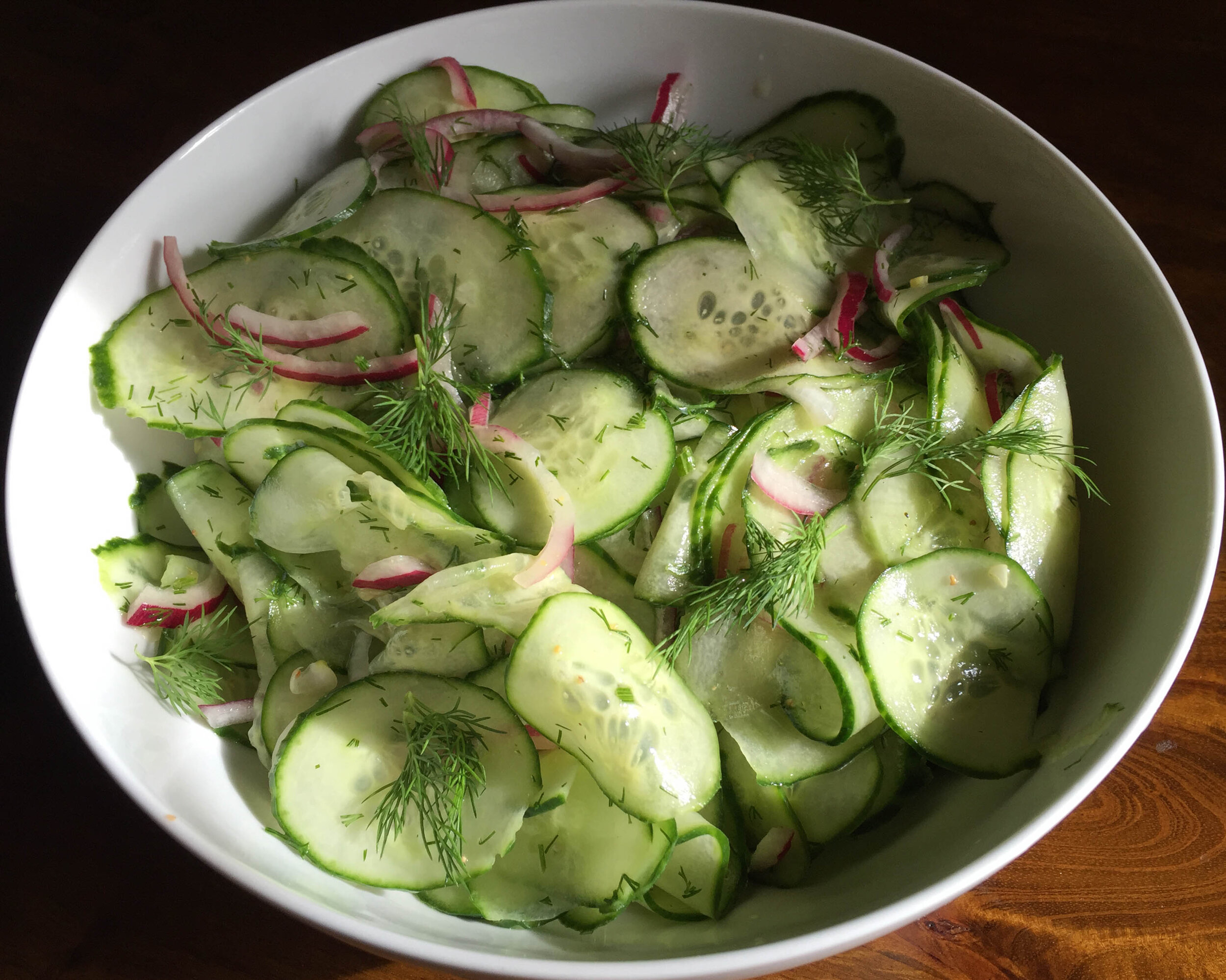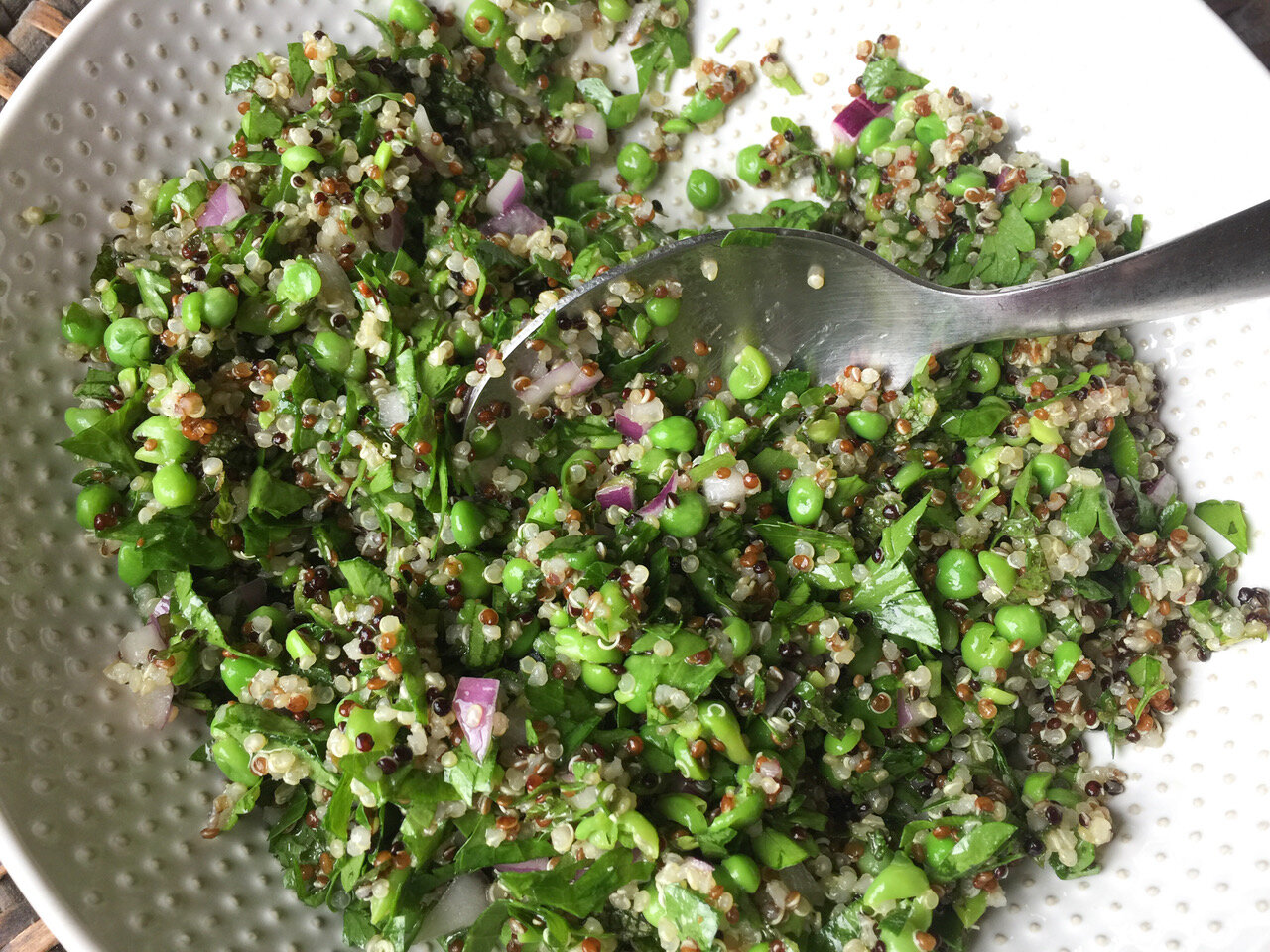When you think of comfort food, what’s the first dish that comes to mind?
Did you say macaroni and cheese? We’re not surprised. Rich, creamy and irresistible, it’s one of the most soothing and craveable of comfort foods.
As far as we’re concerned, if you’re going to indulge in such a rich and carbo-charged situation, you deserve one that delivers on its promise — which means it’s worth stepping away from the box and taking matters into your own hands. (Yep, we know more than a few legit cooks who still revert to Kraft when the craving strikes.)
You won’t be sorry.
It’s easy to make mac and cheese that’s out of this world — one that’s lush and mellow, gloriously cheesy, outrageously creamy, with beautifully browned bread crumbs on top for texture. Piping hot and melty from the oven, it’s just the thing for this particular Meatless Monday in a nervous-making October.
Boil up some macaroni. Make a bechamel. Stir in lots of grated cheese. Season judiciously with Tabasco. Mix it all together. Top with bread crumbs and parm, dot with butter, bake. You’re just 20 minutes from sending a spoon down into that gorgeous tubular creamitude.
Gather your crew, if you have one; they’ll be eager to dive in.
Or savor it solo. Add a simple green salad (or not), maybe a glass of white wine. A few bites in, all will be right with the crazy world.


